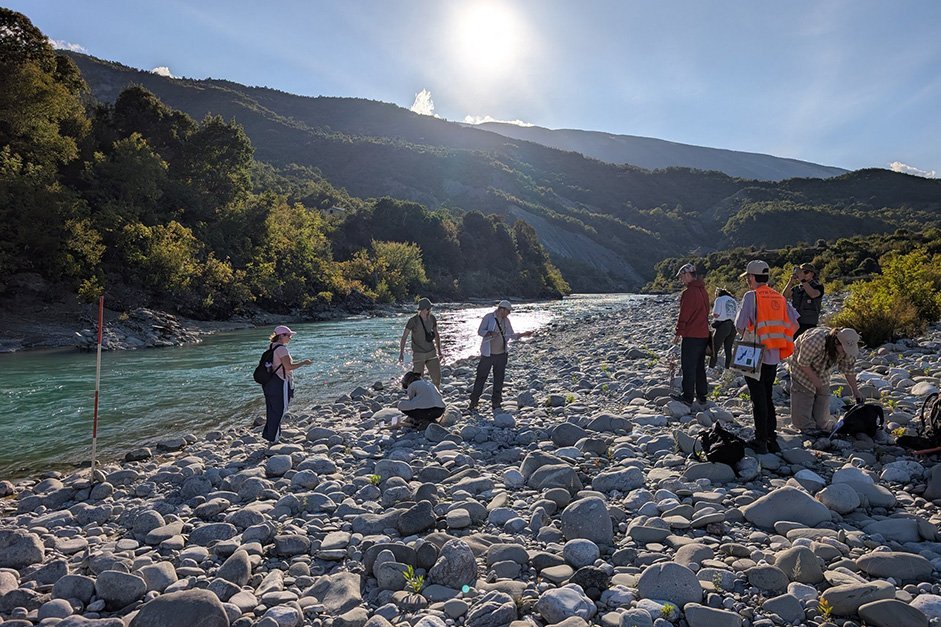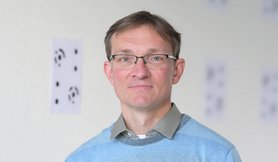
Research on Europe's last wild river: HTWD summer school on the Vjosa
Students and researchers from the HTWD and the University of Tirana have analysed one of Europe's last wild river systems in a joint summer school on the Vjosa in Albania. The focus was on biodiversity, plastic pollution and the protection of sensitive ecosystems - a project that combines science, practice and international exchange.
This year's summer school of the Faculty of Agriculture/Environment/Chemistry took an interdisciplinary team led by Professor Kathrin Harre and Professor Arne Cierjacks (HTWD) to the Vjosa together with partners from the University of Tirana led by Professor Sajmir Beqiraj. The aim was to conduct one of the most comprehensive studies to date on the monitoring and protection of this extraordinary river ecosystem.
The focus was on questions relating to the connection between biodiversity and plastic pollution. Students, doctoral students and professors from Dresden and Tirana worked together in the field, carried out mapping and collected samples of micro- and macroplastics. A total of 240 kilograms of material was collected, which is now being processed and analysed for its microplastic content. The summer school was supplemented by drone flights and the creation of high-resolution digital terrain models under the direction of Prof Dr Danilo Schneider, Professor of Photogrammetry at the HTWD.
International cooperation and global nature conservation
The excursion took place at a time of significant global progress: With the publication of DIN EN ISO 24187:2023, a standard for measuring microplastics in drinking water was introduced for the first time - an important step for research and water quality assurance. At the same time, the Vjosa Valley was included in the UNESCO "Man and the Biosphere" programme and is now under international protection.
"The Vjosa is not only associated with a unique ecosystem, but also with the major issues of our time: plastic pollution and the impact of microplastics on the environment. We have built up in-depth expertise in this area at the HTWD in recent years. The cooperation with our partners in Albania shows how science takes responsibility across borders," emphasised Prof. Harre, Vice-Rector of the HTWD.
"The Vjosa is a textbook example of the dynamics of floodplains. It clearly shows how closely biodiversity, water quality and human intervention are linked. It was impressive for us to see how scientific work and global nature conservation intertwine," added Prof Cierjacks, Dean of the Faculty of Agriculture/Environment/Chemistry.
Commitment, curiosity and team spirit
The summer school demonstrates how practical teaching, research and international cooperation intertwine. With great curiosity, scientific precision and tangible team spirit, the participating doctoral students made a decisive contribution to data collection and analysis. For many, the excursion was not only a formative professional experience, but also an example of how joint learning across national borders can strengthen the protection of natural habitats.
The project was funded by Erasmus+ in cooperation with the Leonardo office.




